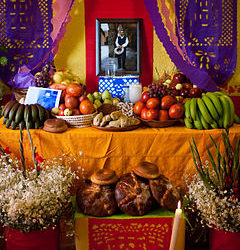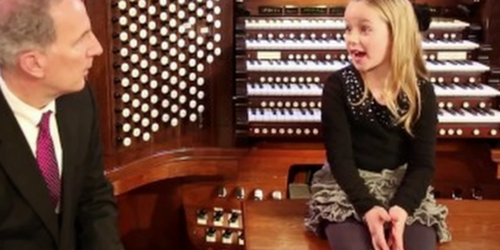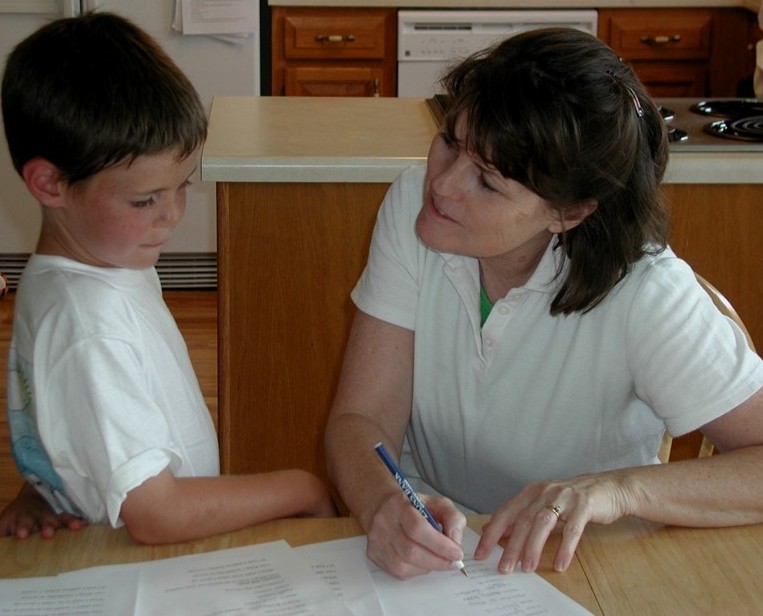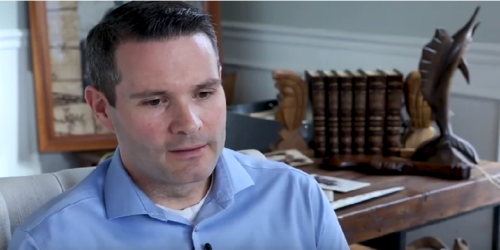How to Help Children Enjoy (and Benefit from) Family History Activities
In his book, The Secrets of a Happy Family (quoted here), Bruce Feiler records a conversation he had with Marshall Duke, a professor at Emory University who researched American families. According to Professor Duke, “The more children knew about their family’s history, the stronger the sense of control over their lives, the higher their self-esteem, and the more successfully they believed their families functioned.” Isn’t that what we desire for our posterity? Keeping the family history torch lit and shining brightly from one generation to the next is no small thing, however, even for those of us with a passion for the job.  With love, patience, and help from The Family History Guide’s Kid’s Corner, this daunting, amazing, exciting, and rewarding task becomes a lot easier. Learn more in this article, on this blog post by Janet Hovorka, and on this post. Find the twenty question used in Professor Duke’s research here.
With love, patience, and help from The Family History Guide’s Kid’s Corner, this daunting, amazing, exciting, and rewarding task becomes a lot easier. Learn more in this article, on this blog post by Janet Hovorka, and on this post. Find the twenty question used in Professor Duke’s research here.
Here are six tips for motivating and involving children in family history:
- Know the interests and limitations of the children you are working with. Each child is unique (as we can attest), but a review of general physical, social-emotional, and cognitive characteristics for diffe
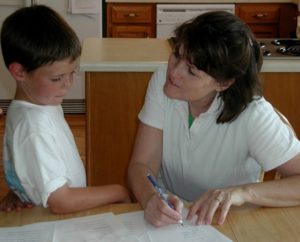 rent age groups can help us tailor our teaching to their needs. Interviewing children on a regular basis provides one-on-one time, an opportunity for them to express their interests and concerns, and it is a perfect time to schedule in the activities they would like to do.
rent age groups can help us tailor our teaching to their needs. Interviewing children on a regular basis provides one-on-one time, an opportunity for them to express their interests and concerns, and it is a perfect time to schedule in the activities they would like to do. - Choose age-appropriate activities for learning. If you have mixed ages in a group, design different levels for the activity if needed. The Family History Guide offers a myriad of Children’s Activities for all ages. Having a “go-to” list makes it easy to pick and choose activities for different age groups. Older children can be a great help in teaching younger siblings and in the process develop skills that will benefit them in remarkable ways.
- Keep the activity time brief so the attention doesn’t wander. Activities can be continued in a later session. While raising our children, my husband and I often reminded each other that a child’s attention span seemed to be about one minute longer than his age. When our children became teenagers, sometimes it was even less! That meant that when teaching them, we needed to use a variety of methods, and we often needed to keep lessons and activities extremely short. One idea we found helpful was to have some games that the children loved to play which we could interject into our lessons. We are advantageously “double tasking” when these games become family history games! Watch how “Fruit Basket” becomes a change of pace (along with a teaching opportunity to share family history stories) when we are “ancestors” instead of fruit!
4. Be flexible. If a particular activity isn’t working well, change the approach or switch to another one. Sometimes our best plans are subject to how tired or sad a child is at the moment, the atmosphere surrounding our activity, interruptions, and a variety of other circumstances. Making a list of additional options from the Kid’s Activities in the Family History Guide (and keeping it handy…on your smartphone or in your lesson notes perhaps?) is a trick that can turn a potential “trial” into a fun memory!
- 5. Be attentive. Stay involved, to answer questions and watch for potential issues. Especially where family history is concerned, our love for and patience with the next generation can make all the difference in motivating them to keep the family history torch shining brightly and held high!
 Dr. Duke said, (quoted here) “Decades of research have shown that most happy families communicate effectively. But talking doesn’t mean simply “talking through problems,” as important as that is. Talking also means telling a positive story about yourselves. When faced with a challenge, happy families, like happy people, just add a new chapter to their life story that shows them overcoming the hardship. This skill is particularly important for children, whose identity tends to get locked in during adolescence.”
Dr. Duke said, (quoted here) “Decades of research have shown that most happy families communicate effectively. But talking doesn’t mean simply “talking through problems,” as important as that is. Talking also means telling a positive story about yourselves. When faced with a challenge, happy families, like happy people, just add a new chapter to their life story that shows them overcoming the hardship. This skill is particularly important for children, whose identity tends to get locked in during adolescence.” - 6. Be positive and encouraging. Children need to know their efforts are appreciated and valued. When children have enjoyable, memorable experiences in family history when they are young, I believe that they are more likely to continue with it as they grow older – and reap the benefits along the way. When we find ways to spotlight children’s efforts, express gratitude for all they are trying to accomplish, and make learning fun, we are helping get family history inside their hearts – right where it belongs!
